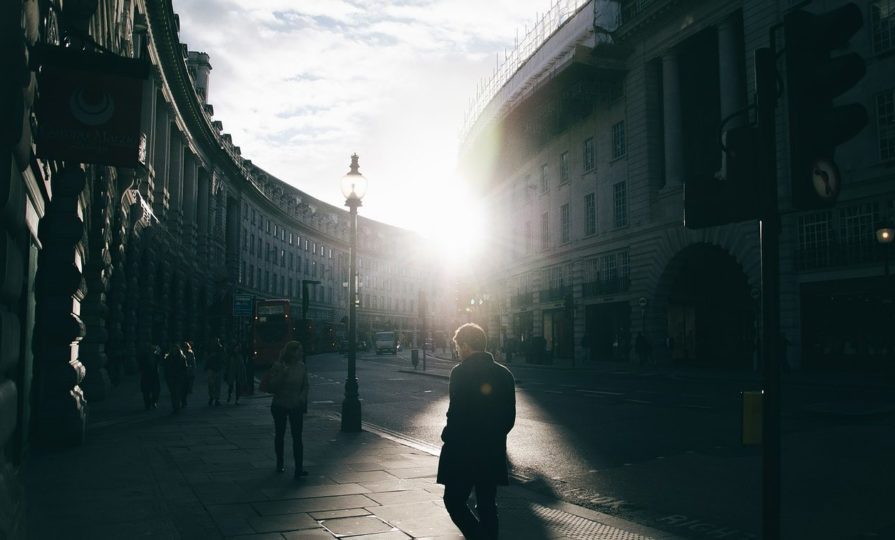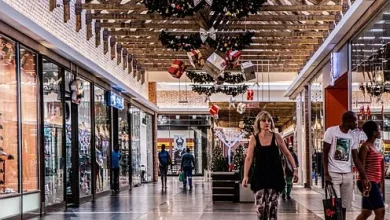The perfect storm?

There is something of a ‘perfect storm’ for our town centres… Fewer shops trading than a few months ago, big brands announcing further closures, plans already on the table for repurposing retail space no longer viable, travel restrictions making it harder for people to reach town centres, now fewer people working in city centres, and consumers have far more on their minds than popping into town for some retail therapy!





